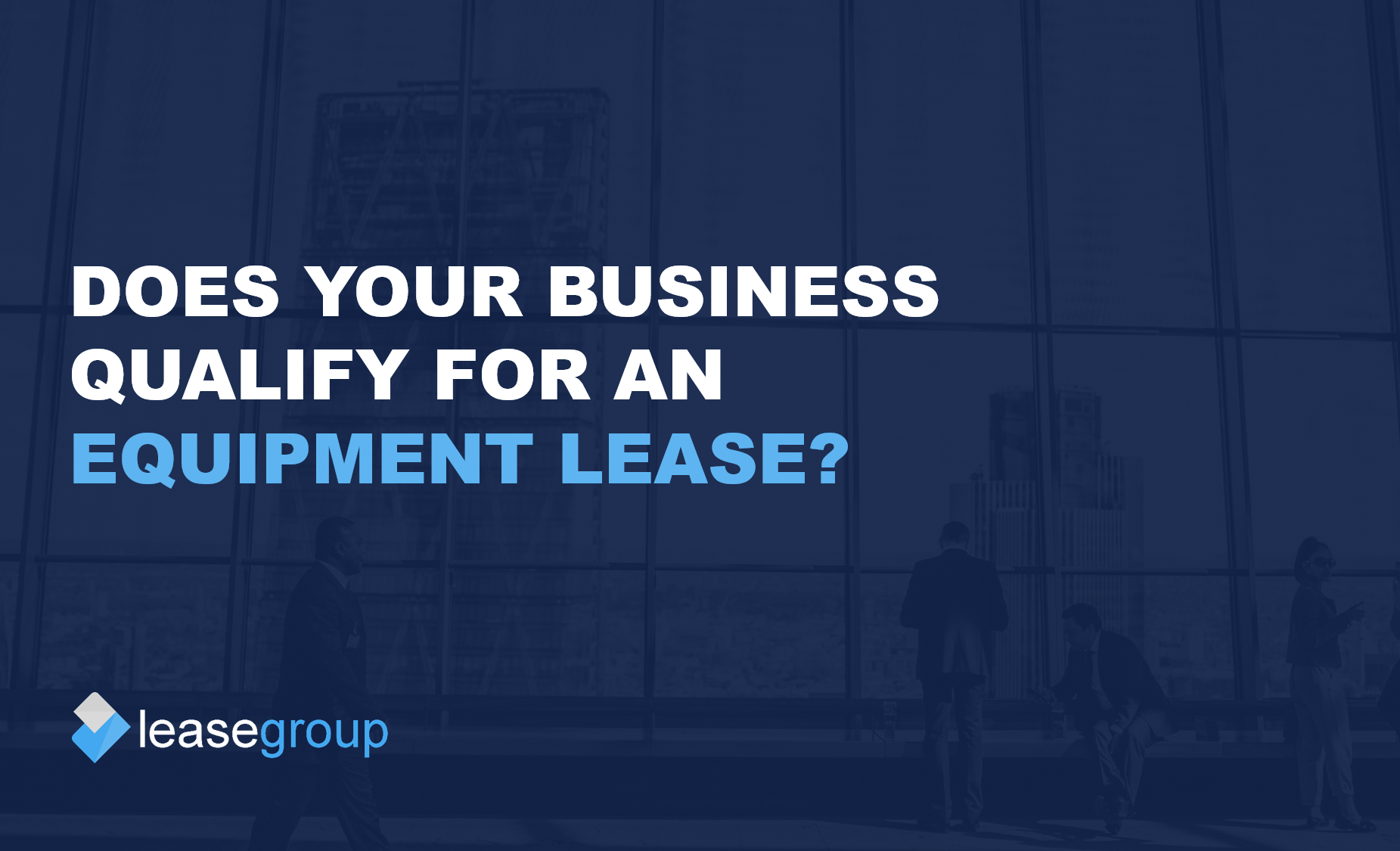Equipment leasing (or finance) is a banking facility that allows businesses to acquire the latest technology or assets by renting the goods over a pre-agreed term, for a pre-agreed price, usually paid monthly, quarterly or annually.
As opposed to purchasing the equipment outright using a company’s capital expenditure, leasing draws upon the company’s operating expenditure. This is traditionally referred to as Capex versus Opex.
Leasing, in a nutshell, gives the company access to the equipment or technology they need today, whilst spreading the outlay in a more affordable and tax efficient way.
Businesses generally look to leasing as a way of upgrading company-critical equipment, such as IT, telecoms, energy efficiencies (solar panels, LED lighting) and vehicles. Usually, anything that has a tangible benefit to the company is considered ‘leaseable’.
But what type of businesses qualify for leasing and how difficult is it to apply for a leasing facility?
In short, any business can apply for a lease on their next equipment upgrade, but the speed of credit approval and the interest rate payable weighs heavily on the company’s time trading and financial status.
Leasing providers, such as Lease Group, can offer instant credit decisions and low interest rates for companies that have an established trading history along with supportive financials.
A company that has 3 or more years’ trading plus a net worth that is 3 or more times the value of the equipment, generally passes credit approval without issue. Any newer companies or those with a smaller net worth can still achieve funding approval, but usually on the basis that a Director’s Guarantee is offered by the company.
In short, if your business is trading and a Director is prepared to offer a personal guarantee, then you qualify for leasing.
In terms of the process, most lease applications are processed within a matter of hours. It’s important to note that a supplier’s invoice or purchase order is usually required to validate the purchase and place a value against the credit being applied for. Once credit approval is earned, you will be required to sign a lease agreement, which outlines the repayments, repayment frequency, the length of the lease and of course, the terms and conditions of the lease.
Once signed, the lease agreement provides a ‘green light’ for your supplier to proceed with your equipment order. Delivery and installation takes place and once complete, your supplier is paid for the sale by Lease Group (or one of it’s lenders).
Your rental cycle begins within 10 days of installation completion and continues for the pre-agreed term.
Depending on the nature of your equipment, lease applications can complete within 1-2 days of credit approval, but for more complex installations, this can vary. It is always advisable to consult your supplier on the timescales for installation, however, lease agreements do not require any upfront payment for installation to take place. You only start paying rentals once the job is complete.

